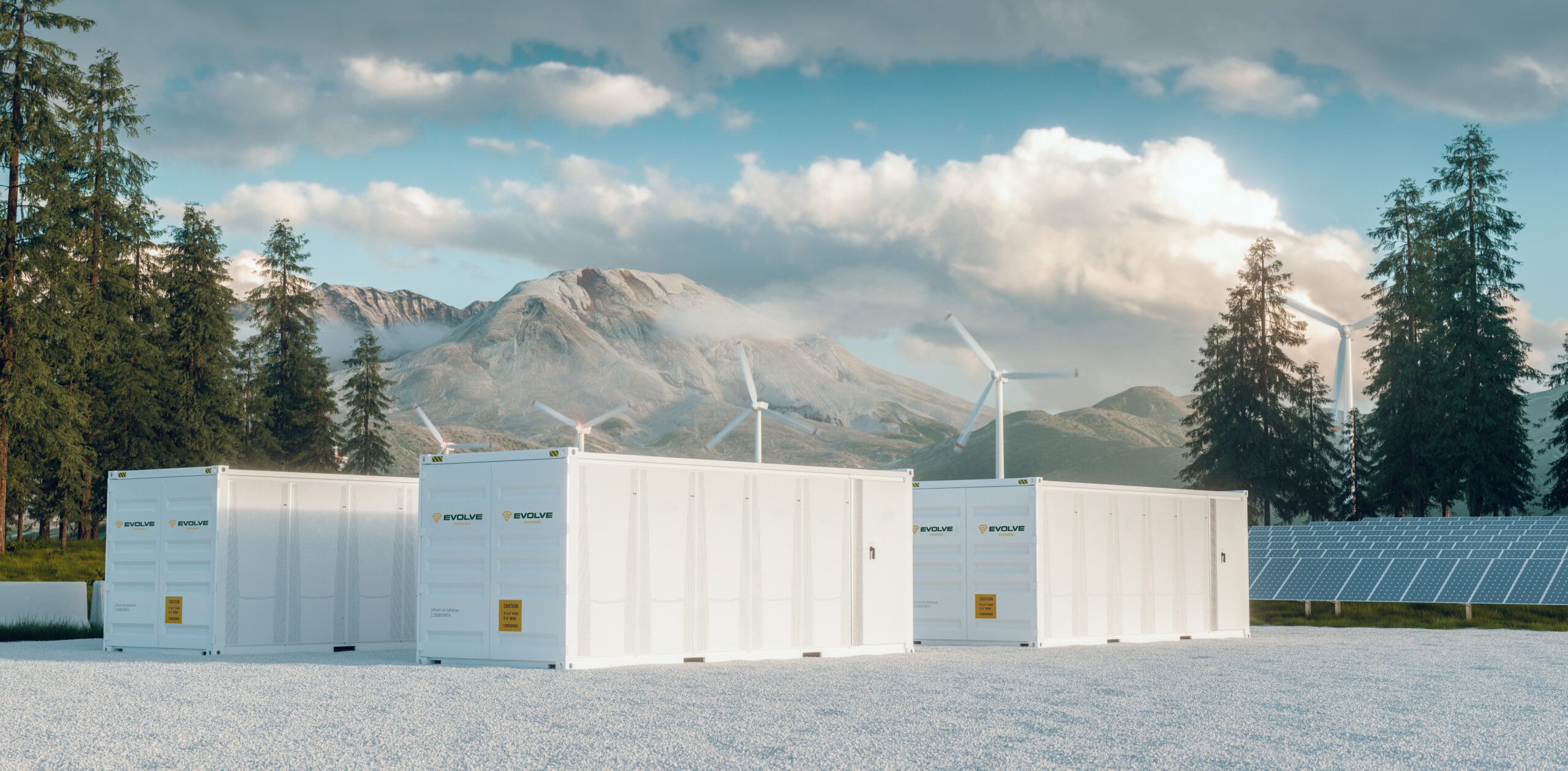Providing energy storage solutions for Alberta
Evolve is a leader in energy storage solutions. We understand that because of the energy transition, Albertans will only have access to stable, reliable, and affordable electricity if companies like ours create ways to store power. When the wind isn’t blowing and the sun isn’t shining, we will have stored energy waiting to power the grid.
At Tent Mountain, in southwest Alberta, we’re repurposing a historical coal mine to develop a pumped hydro energy storage facility that will have the potential to underpin thousands of megawatts of intermittent renewables.
We’re also providing “behind the fence” distributed battery storage solutions to energy intensive businesses in Alberta, to help them save on electricity costs.






